Home>Furniture & Design>Bathroom Accessories>How High Should A Medicine Cabinet Be
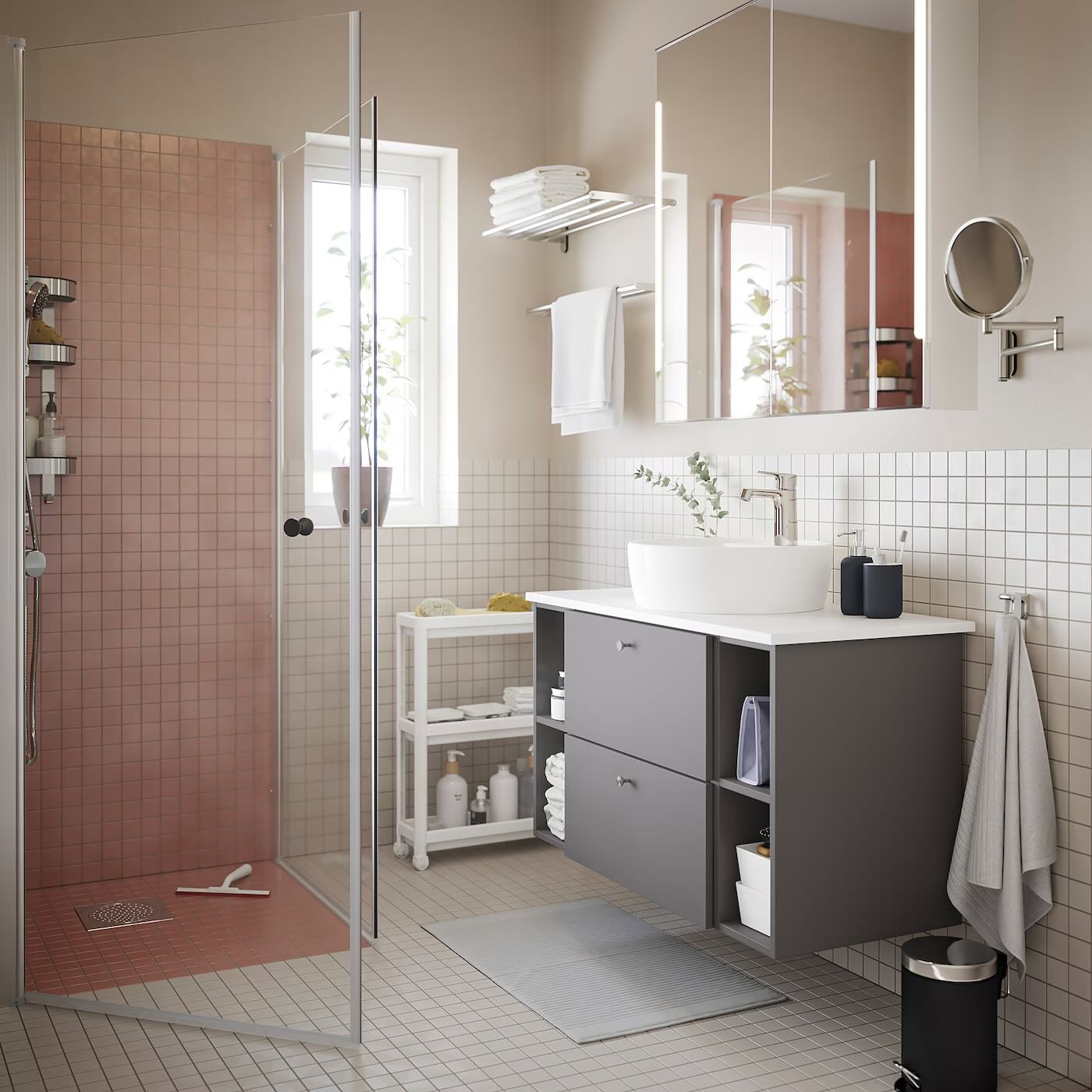

Bathroom Accessories
How High Should A Medicine Cabinet Be
Modified: February 18, 2024
Find the ideal height for your medicine cabinet in the bathroom. Explore the best placement for bathroom accessories. Elevate your space with the perfect medicine cabinet height.
(Many of the links in this article redirect to a specific reviewed product. Your purchase of these products through affiliate links helps to generate commission for Storables.com, at no extra cost. Learn more)
Introduction
When it comes to designing a functional and aesthetically pleasing bathroom, every detail matters. One crucial element that often takes center stage in bathroom design is the medicine cabinet. The height at which a medicine cabinet is installed can significantly impact both the functionality and visual appeal of the space. Whether you are renovating an existing bathroom or planning a new construction, determining the ideal height for your medicine cabinet is a decision that warrants careful consideration.
The placement of a medicine cabinet is not only about convenience but also about creating a harmonious and balanced bathroom layout. The right height ensures easy access to essential items while seamlessly integrating with the overall design scheme. Moreover, it can contribute to the safety and accessibility of the cabinet for all members of the household.
In this article, we will delve into the factors that influence the optimal height for a medicine cabinet, providing valuable insights to help you make an informed decision. From standard measurements to practical tips, we will explore the considerations that can guide you in achieving the perfect placement for your medicine cabinet. Whether you are aiming for a modern, minimalist look or a traditional, cozy ambiance, understanding the significance of medicine cabinet height will empower you to create a bathroom space that is both functional and visually appealing.
Key Takeaways:
- Install your medicine cabinet between 48 to 72 inches above the floor to make it easily accessible for everyone in the household, while also creating a balanced and visually appealing bathroom layout.
- Consider user heights, storage needs, and room layout when deciding on the medicine cabinet’s height. Customizing the height for diverse users and integrating it with the overall design style will enhance both functionality and visual appeal.
Standard Height for Medicine Cabinets
The standard height for installing a medicine cabinet is typically determined by the average eye level of the primary users. This ensures that the contents of the cabinet are easily accessible without requiring excessive reaching or bending. In most cases, the recommended height for mounting a medicine cabinet is between 48 to 72 inches above the finished floor. This range allows for flexibility in accommodating various users while maintaining a visually balanced appearance within the bathroom space.
At the lower end of the spectrum, a height of 48 inches above the floor is often suitable for accommodating seated individuals, such as children or individuals using mobility aids. This placement ensures that essential items stored in the medicine cabinet remain within easy reach for these users. On the other hand, the upper limit of 72 inches caters to taller individuals, ensuring that the cabinet remains comfortably accessible without appearing disproportionately high on the wall.
The standard height guidelines take into account the ergonomic principles of accessibility and usability, aiming to optimize the functionality of the medicine cabinet for the majority of users. By adhering to these recommendations, homeowners can create a bathroom environment that promotes convenience and comfort for daily routines.
In addition to the user-centric considerations, the standard height for medicine cabinets also aligns with the broader design principles of proportion and visual harmony within the bathroom space. Placing the cabinet within the recommended height range contributes to a cohesive and balanced aesthetic, complementing other elements such as the vanity, mirror, and lighting fixtures.
It is important to note that while these standard measurements serve as valuable guidelines, individual preferences and specific user requirements should also be taken into account when determining the ideal height for a medicine cabinet. Factors such as the overall layout of the bathroom, the presence of additional storage solutions, and the specific needs of the household members can influence the final placement of the cabinet.
By understanding the standard height recommendations and considering individual needs, homeowners can make informed decisions regarding the installation of medicine cabinets, ensuring both practical functionality and visual appeal within their bathroom spaces.
Factors to Consider for Medicine Cabinet Height
When determining the optimal height for a medicine cabinet, several factors come into play, each influencing the overall functionality and visual harmony of the bathroom space. Understanding these factors is essential for making informed decisions that cater to the specific needs and preferences of the household. Here are the key considerations to keep in mind:
-
User Height and Accessibility: One of the primary factors to consider is the height of the individuals who will be using the medicine cabinet regularly. The cabinet should be positioned at a height that ensures easy access to its contents for the intended users. For households with members of varying heights, striking a balance to accommodate the majority of users is crucial. Additionally, considering the potential use by children or individuals with mobility limitations is important for ensuring universal accessibility.
-
Visual Alignment with Vanity and Fixtures: The placement of the medicine cabinet should harmonize with the surrounding elements in the bathroom, particularly the vanity and other fixtures. Achieving visual alignment and proportionate spacing between these components contributes to a cohesive and aesthetically pleasing bathroom layout. The cabinet's height should be chosen to create a balanced composition within the available wall space, complementing the overall design scheme.
-
Storage and Organization Needs: Understanding the specific storage and organization needs of the household is vital in determining the ideal height for the medicine cabinet. Consider the types of items that will be stored within the cabinet and ensure that the height allows for convenient access to these items. For instance, if the cabinet will primarily store daily essentials or medications, positioning it at a height that facilitates easy retrieval is essential.
-
Room Layout and Traffic Flow: The overall layout of the bathroom and the flow of movement within the space should be taken into account when deciding on the medicine cabinet's height. Placing the cabinet at a height that complements the room's layout and does not obstruct the natural traffic flow is crucial. Additionally, considering the proximity to other bathroom fixtures and ensuring that the cabinet's height does not create visual clutter is important for maintaining a spacious and well-organized environment.
-
Aesthetic Preferences and Design Style: Personal aesthetic preferences and the desired design style of the bathroom play a significant role in determining the medicine cabinet's height. Whether aiming for a modern, minimalist look or a more traditional and ornate design, the cabinet's height should align with the overall aesthetic vision for the space. Considering the visual impact of the cabinet at different heights and its contribution to the desired ambiance is essential for achieving a cohesive design.
By carefully considering these factors, homeowners can make informed decisions regarding the height of their medicine cabinets, ensuring that the placement enhances both the functionality and visual appeal of their bathroom spaces.
The medicine cabinet should be installed at a height where it is easily accessible, typically around 48-60 inches from the floor. This allows for easy access while standing or sitting.
Tips for Determining the Right Height for Your Medicine Cabinet
Determining the ideal height for your medicine cabinet involves a thoughtful assessment of various factors to ensure that it aligns with both practical functionality and visual harmony within the bathroom space. Here are valuable tips to guide you in making this important decision:
-
User-Centric Approach: Prioritize the accessibility and convenience of the primary users when selecting the height for your medicine cabinet. Consider the average eye level of the individuals who will be accessing the cabinet regularly. This user-centric approach ensures that essential items remain easily within reach, promoting a seamless and comfortable experience for all household members.
-
Customization for Diverse Users: If your household includes individuals of varying heights, aim to customize the cabinet's height to accommodate the needs of different users. Finding a height that strikes a balance to cater to the majority of users while considering specific requirements, such as accommodating children or individuals with mobility limitations, is key to ensuring universal accessibility.
-
Visual Integration with Surrounding Elements: Ensure that the height of the medicine cabinet integrates visually with the surrounding bathroom elements, particularly the vanity and other fixtures. Strive for proportionate spacing and visual alignment to create a cohesive and harmonious layout. The cabinet's height should contribute to a balanced composition within the available wall space, enhancing the overall aesthetic appeal of the bathroom.
-
Consider Storage Contents: Take into account the types of items that will be stored in the medicine cabinet when determining its height. If the cabinet will primarily house daily essentials, medications, or toiletries, positioning it at a height that allows for convenient access to these items is essential. This consideration ensures that the cabinet's placement optimizes its functionality for practical storage needs.
-
Room Layout and Traffic Flow: Evaluate the overall layout of the bathroom and the flow of movement within the space when deciding on the medicine cabinet's height. Ensure that the chosen height complements the room's layout and does not obstruct the natural traffic flow. Additionally, consider the proximity to other bathroom fixtures to maintain a spacious and well-organized environment.
-
Aesthetic Vision and Design Style: Align the height of the medicine cabinet with your personal aesthetic preferences and the desired design style for the bathroom. Whether aiming for a modern, minimalist look or a more traditional and ornate design, the cabinet's height should contribute to the overall ambiance and visual impact of the space.
By considering these tips, you can confidently determine the right height for your medicine cabinet, ensuring that it enhances both the functionality and visual appeal of your bathroom space.
Conclusion
In conclusion, the height at which a medicine cabinet is installed plays a pivotal role in shaping the functionality and visual appeal of a bathroom space. By adhering to standard height recommendations and considering individual needs, homeowners can achieve a harmonious balance between practical accessibility and aesthetic integration. The standard height range of 48 to 72 inches above the finished floor provides a versatile framework for accommodating diverse user heights and ensuring universal accessibility.
Factors such as user height and accessibility, visual alignment with surrounding fixtures, storage and organization needs, room layout, and aesthetic preferences all contribute to the decision-making process when determining the ideal height for a medicine cabinet. Taking a user-centric approach and customizing the cabinet's height to cater to diverse household members' needs is essential for promoting convenience and inclusivity.
Moreover, the visual integration of the medicine cabinet with the surrounding elements, such as the vanity and other fixtures, contributes to a cohesive and aesthetically pleasing bathroom layout. Striking a balance between practical functionality and visual harmony ensures that the cabinet becomes an integral part of the overall design scheme, enhancing the ambiance of the space.
By carefully considering these factors and utilizing the provided tips, homeowners can confidently determine the right height for their medicine cabinets, creating a bathroom environment that not only facilitates seamless daily routines but also reflects their unique aesthetic vision. Whether aiming for a modern, minimalist look or a more traditional and ornate design, the height of the medicine cabinet can be tailored to contribute to the desired ambiance and visual impact of the space.
Ultimately, the decision regarding the height of a medicine cabinet should prioritize the convenience and accessibility of its users while seamlessly integrating with the overall design and layout of the bathroom. By embracing a thoughtful and holistic approach to determining the cabinet's height, homeowners can elevate the functionality and visual appeal of their bathroom spaces, creating environments that cater to their practical needs and aesthetic preferences.
Frequently Asked Questions about How High Should A Medicine Cabinet Be
Was this page helpful?
At Storables.com, we guarantee accurate and reliable information. Our content, validated by Expert Board Contributors, is crafted following stringent Editorial Policies. We're committed to providing you with well-researched, expert-backed insights for all your informational needs.
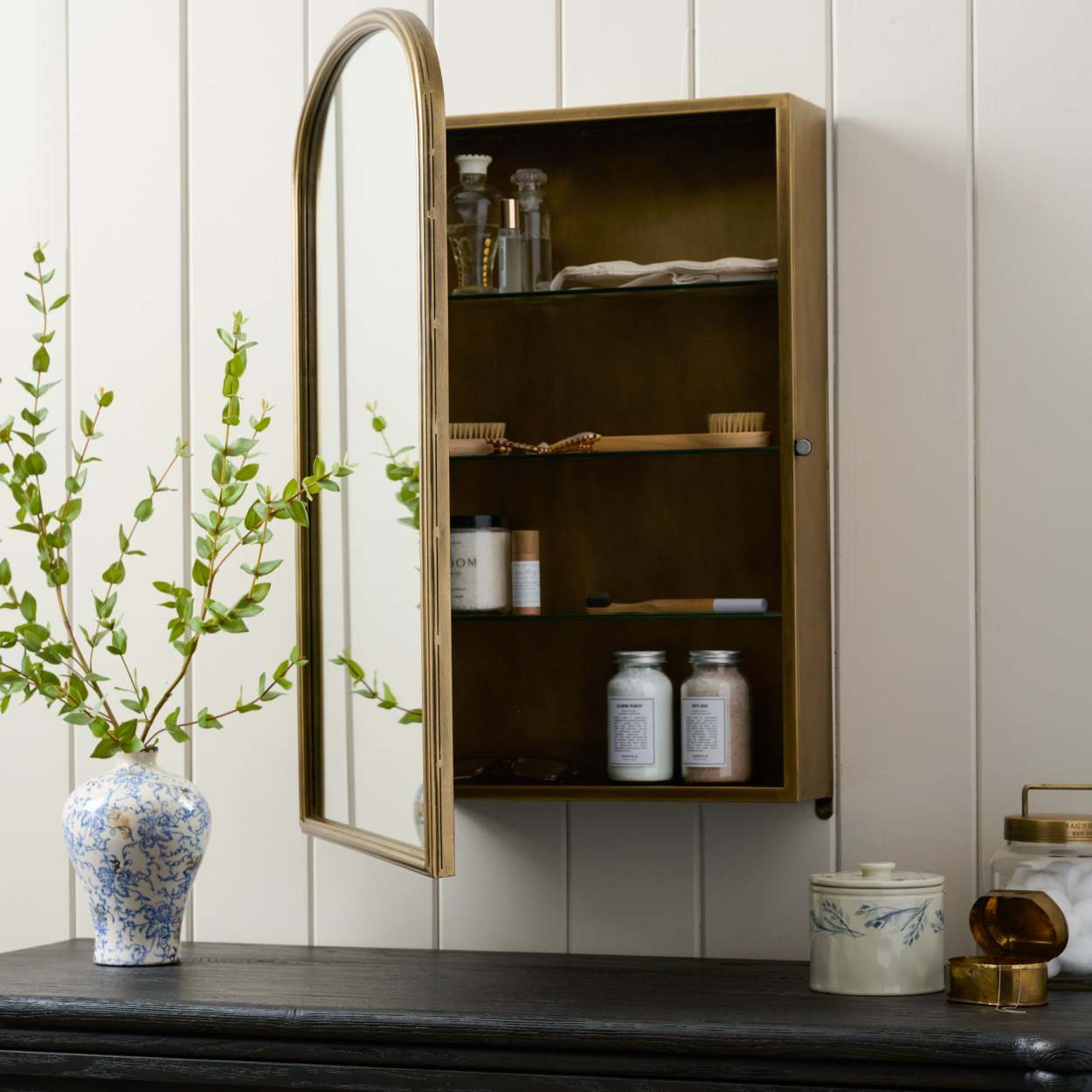
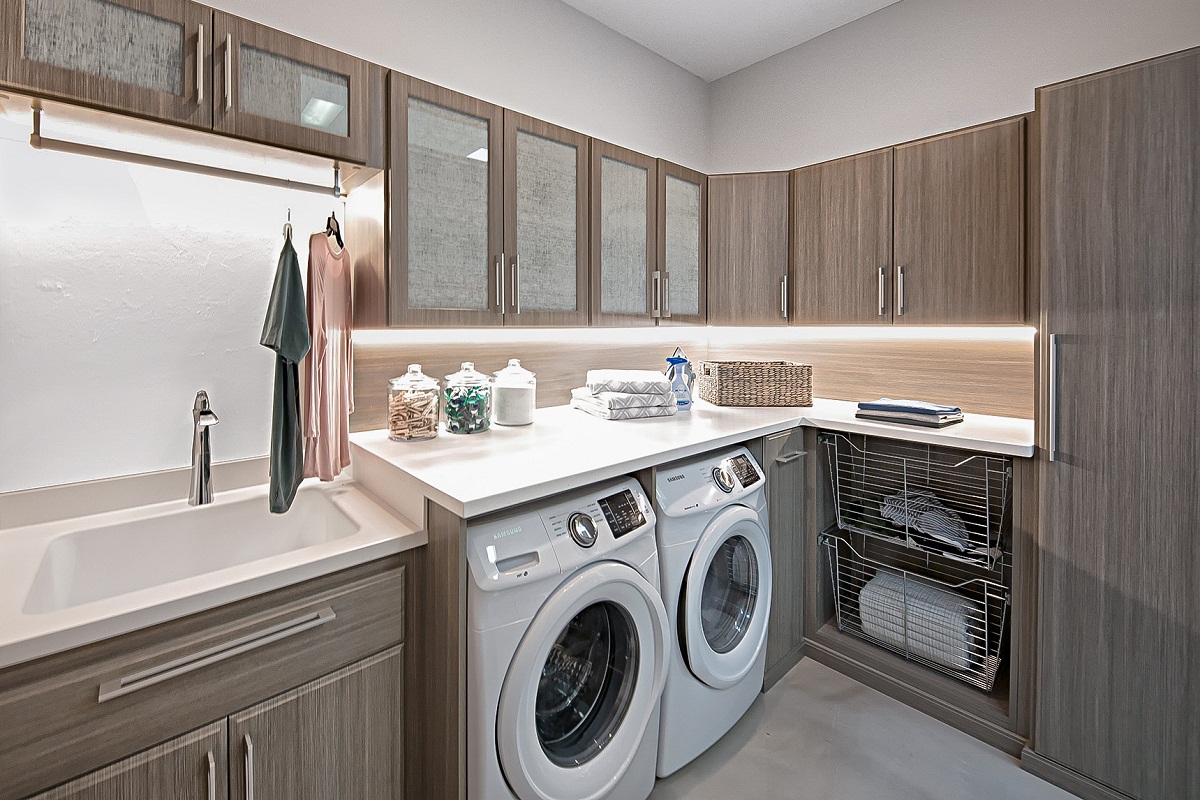

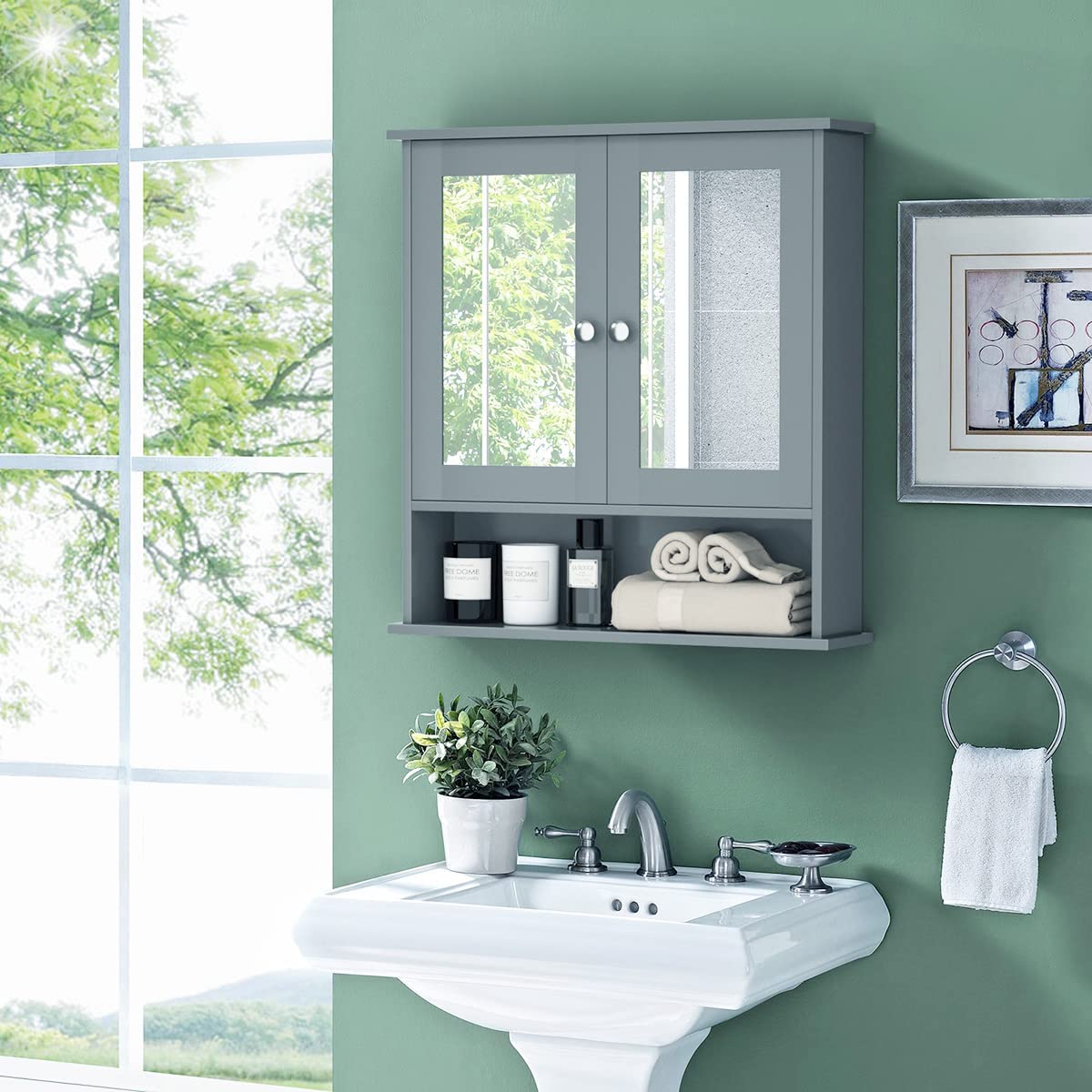
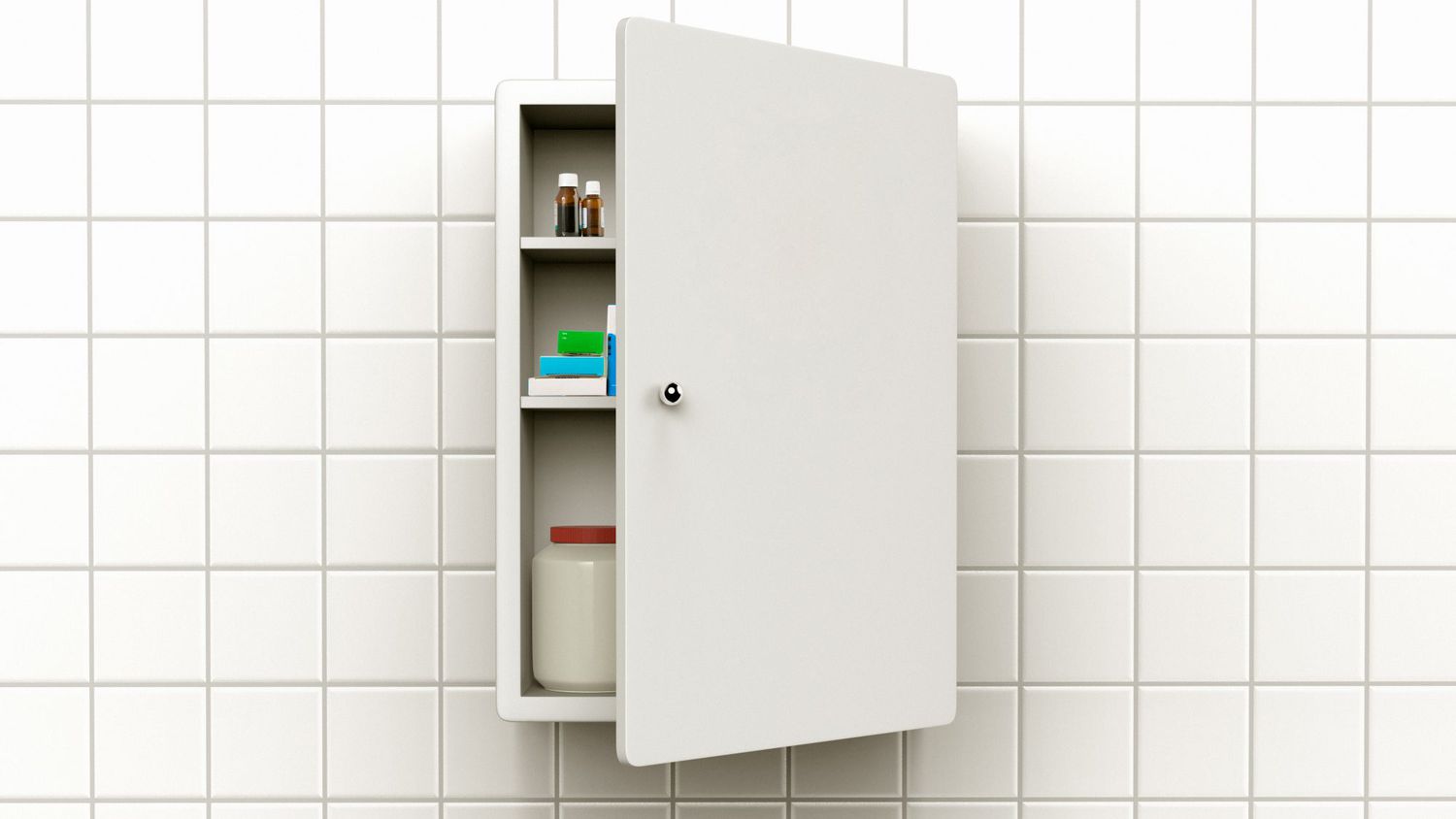
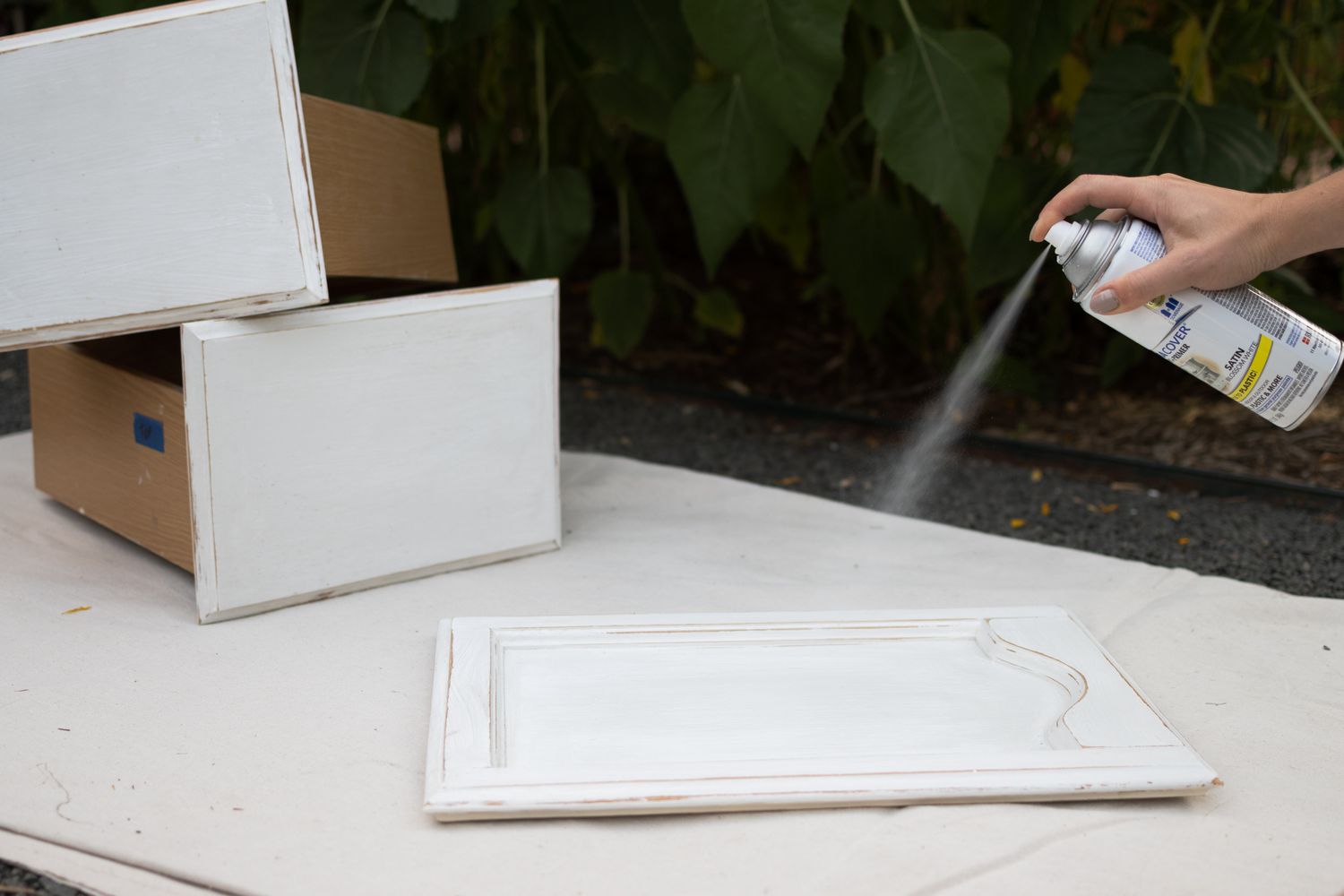
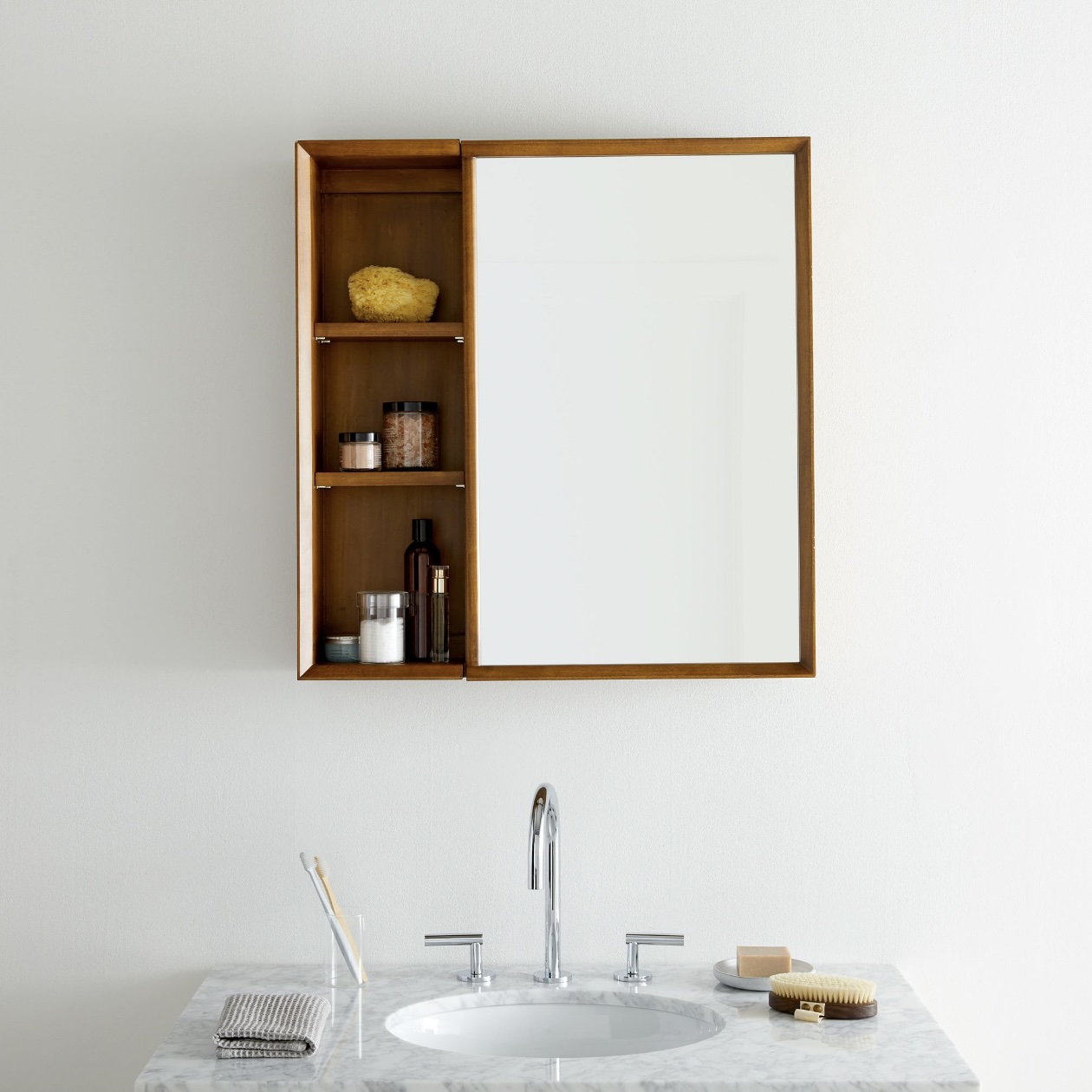
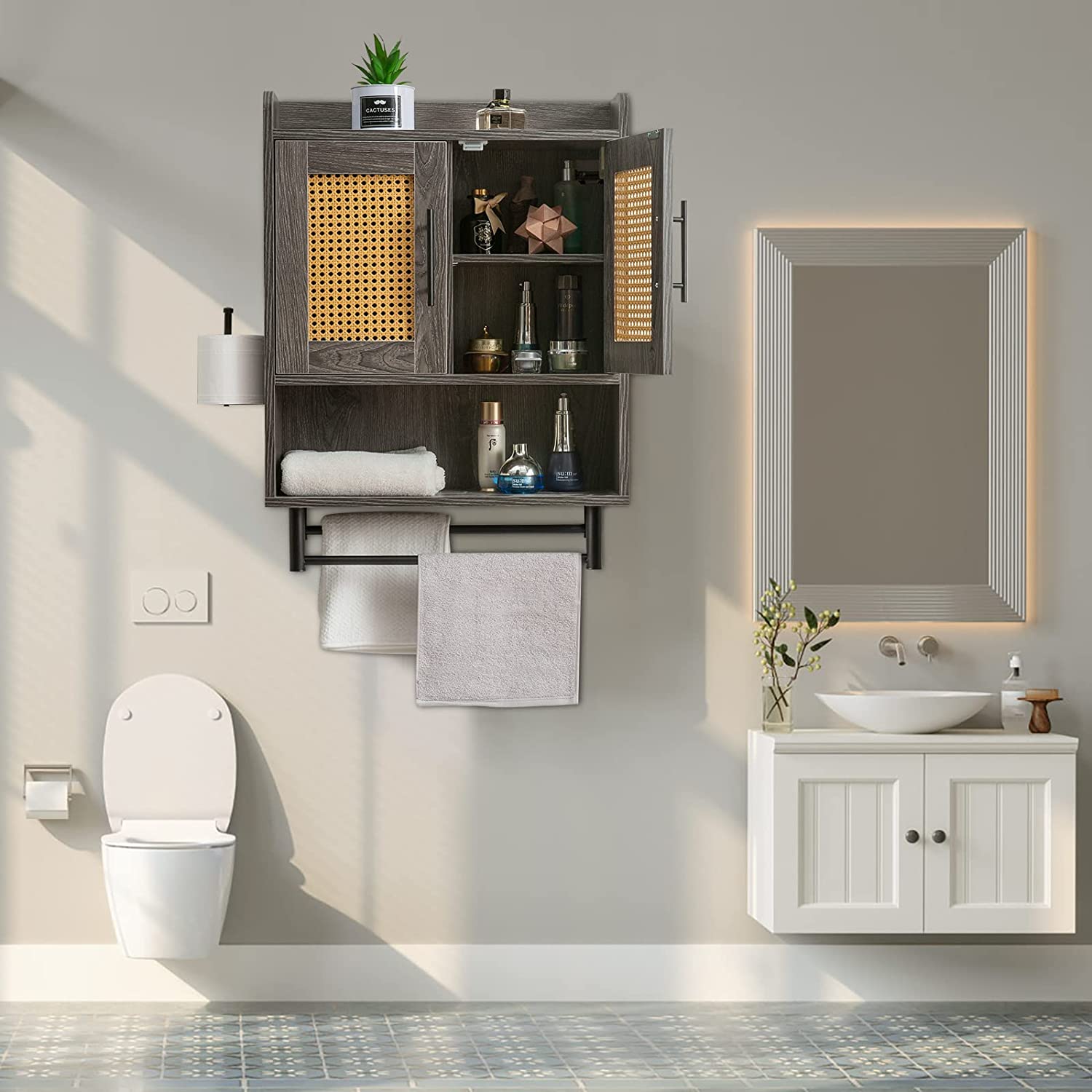
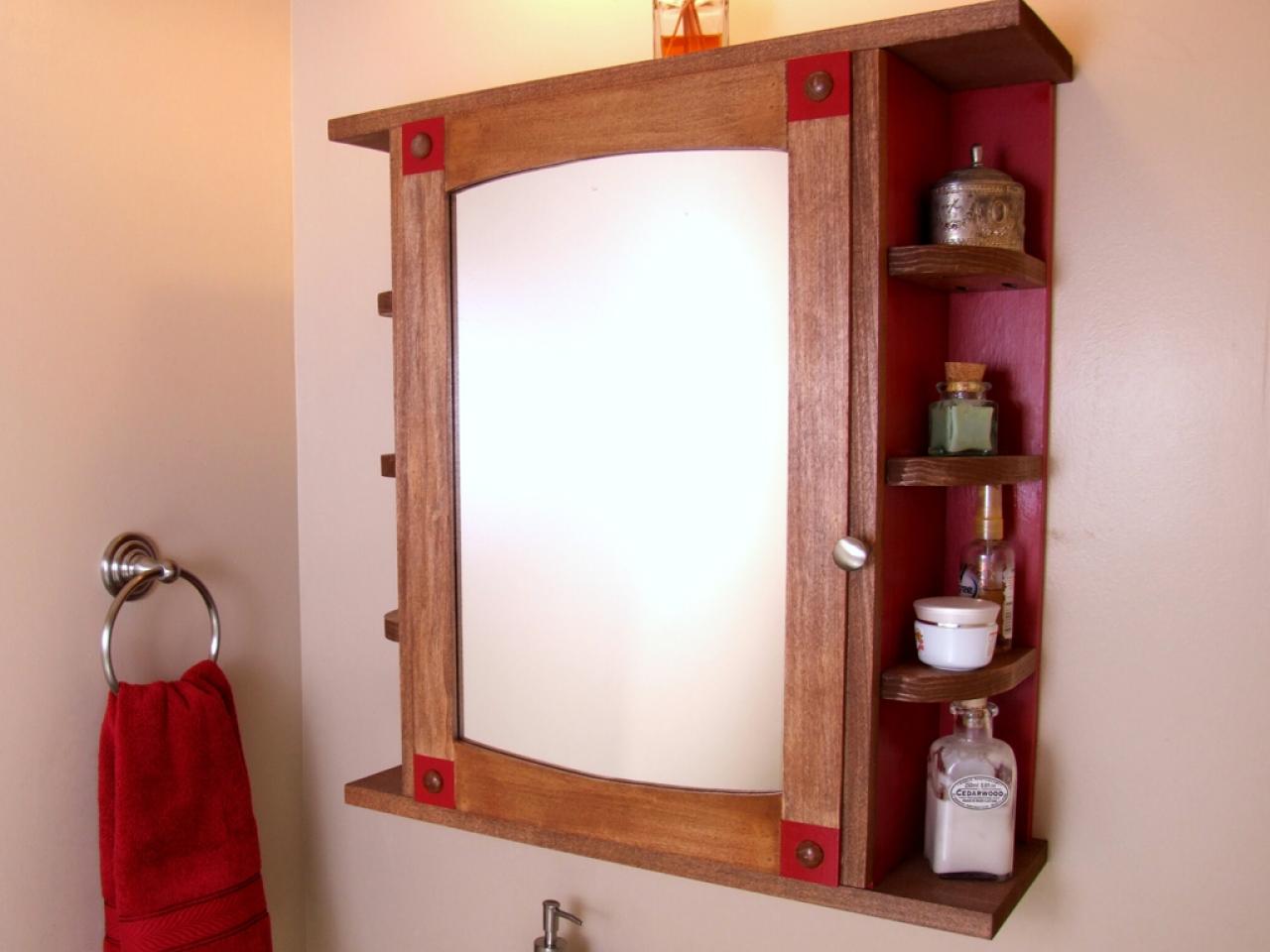
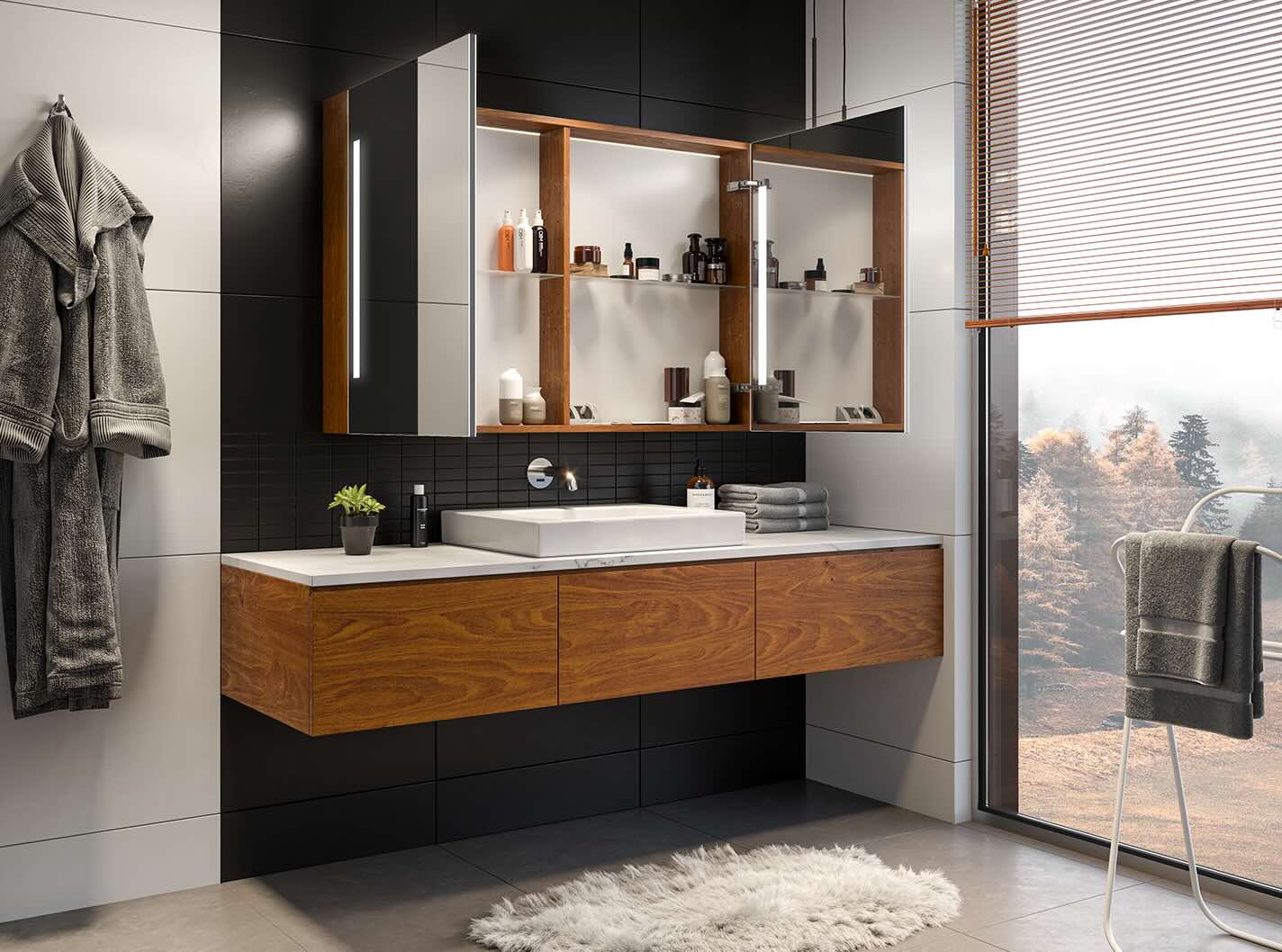
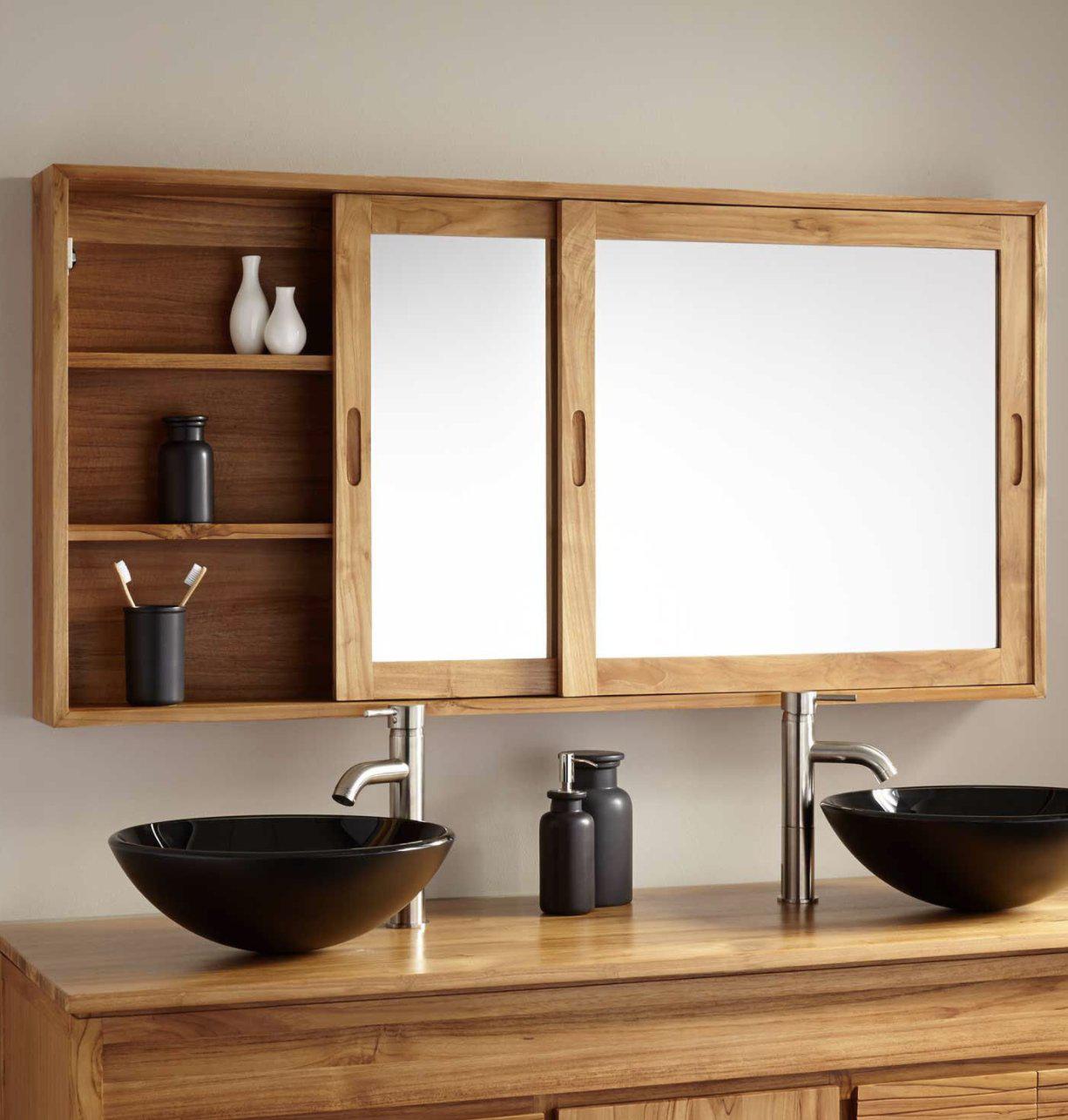
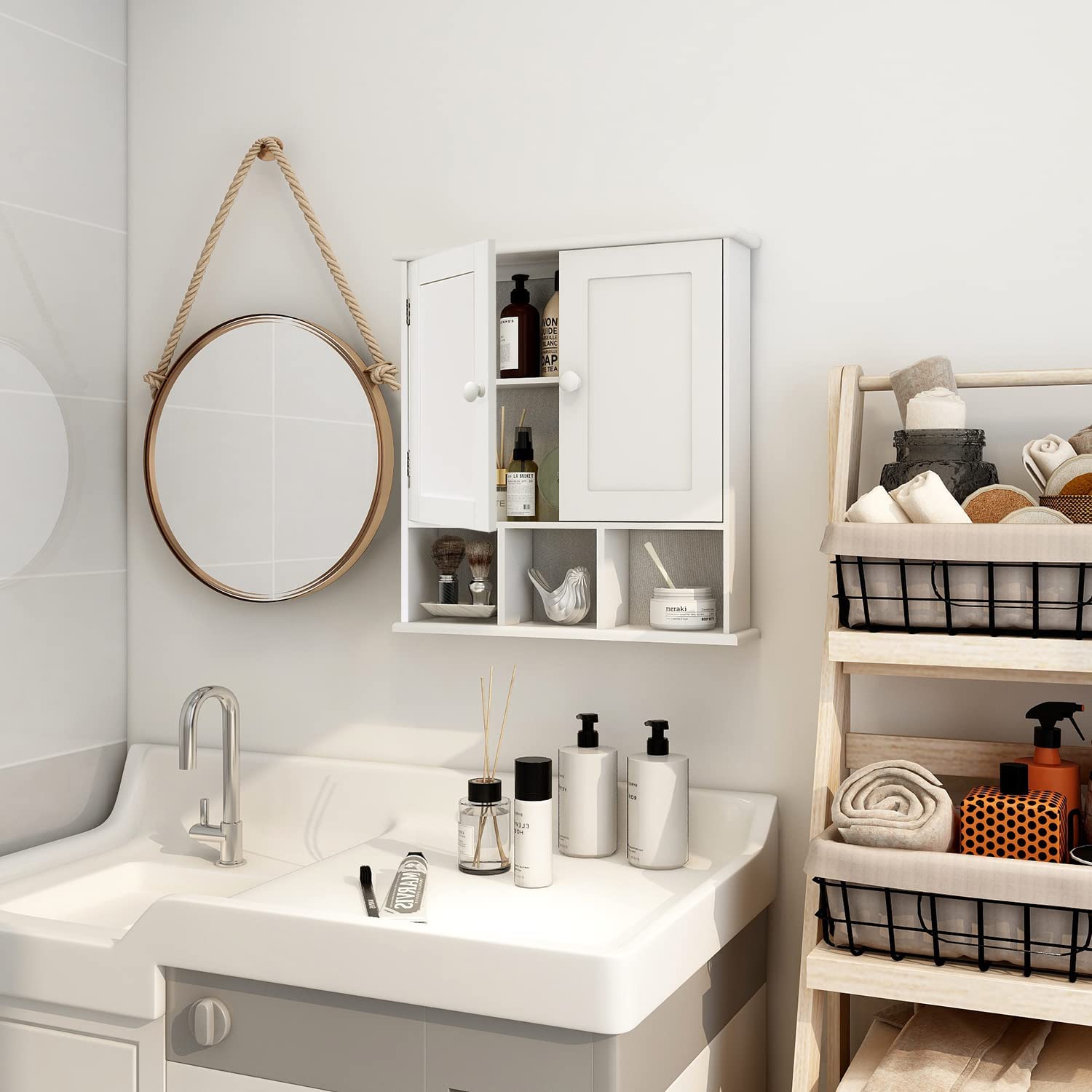
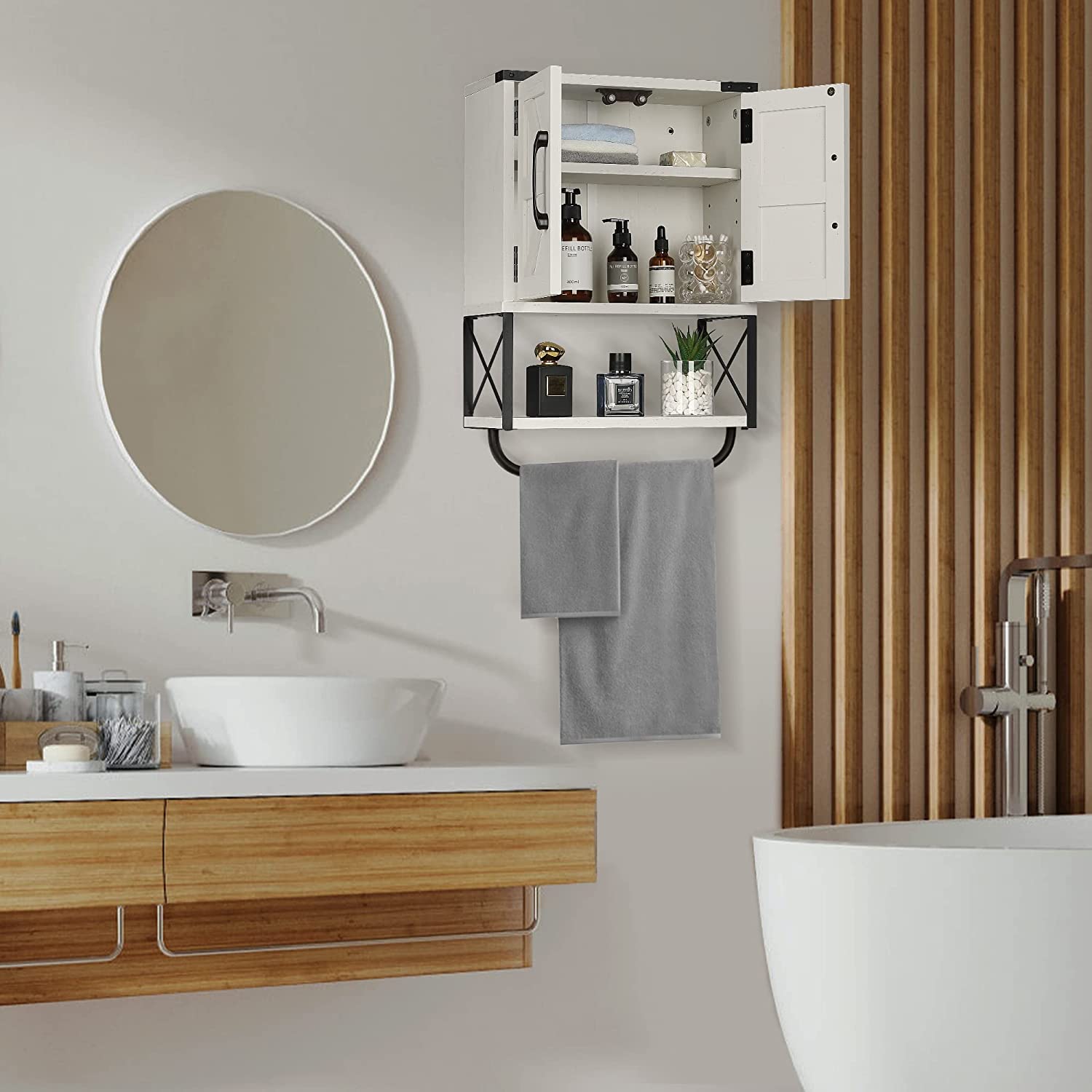

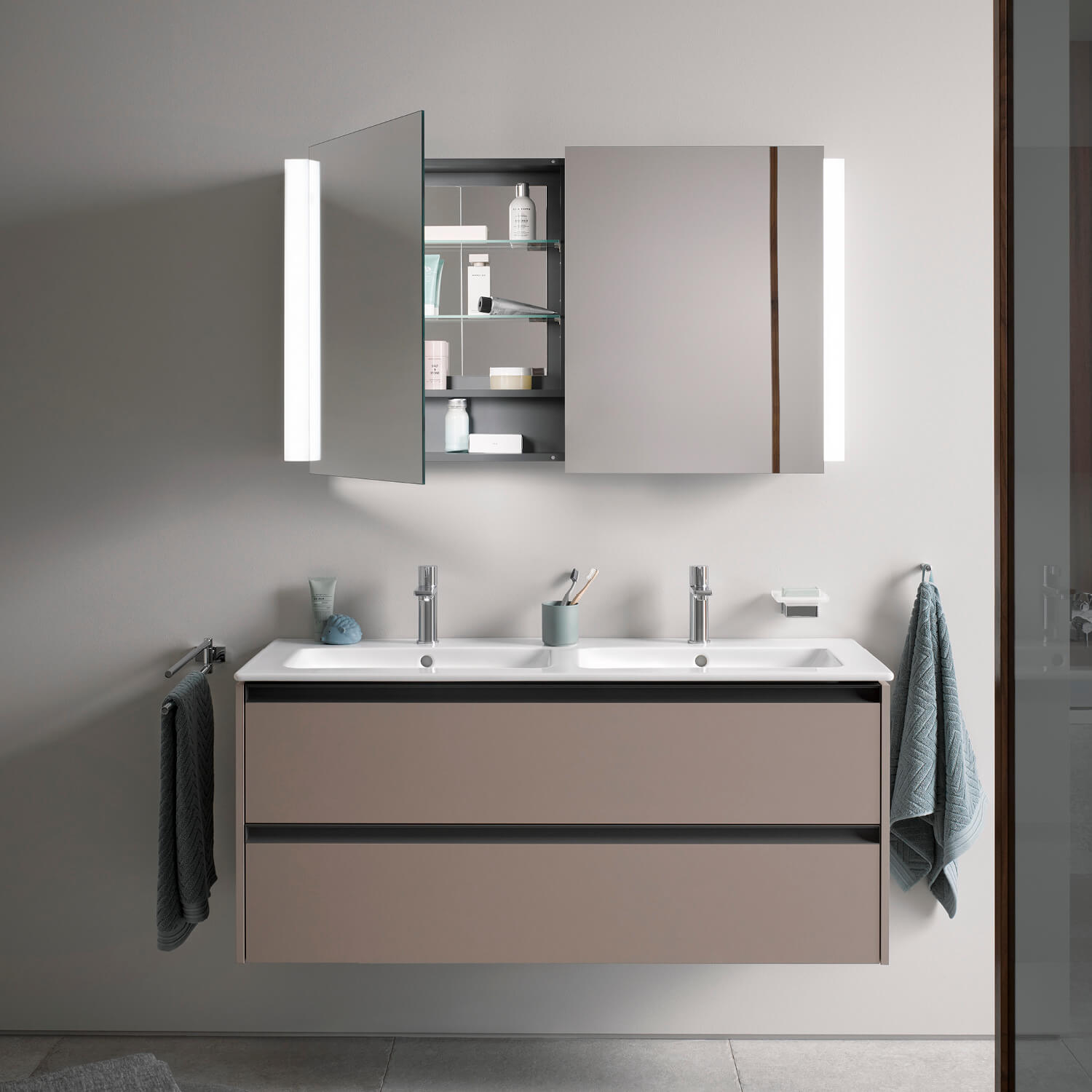

0 thoughts on “How High Should A Medicine Cabinet Be”